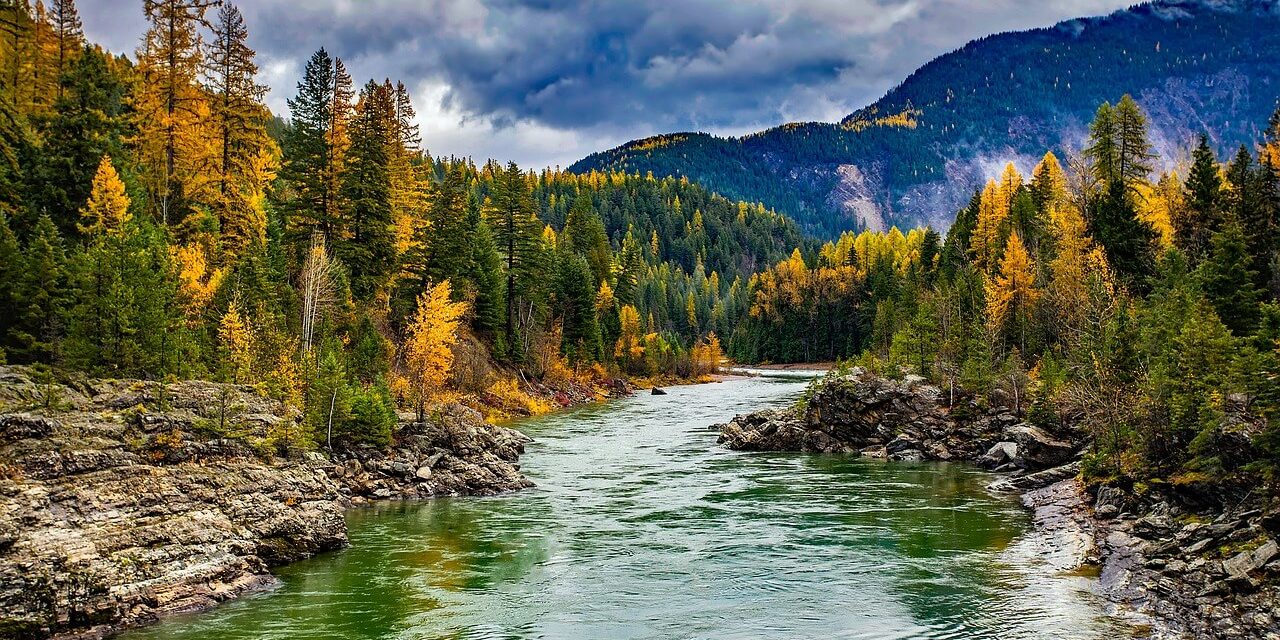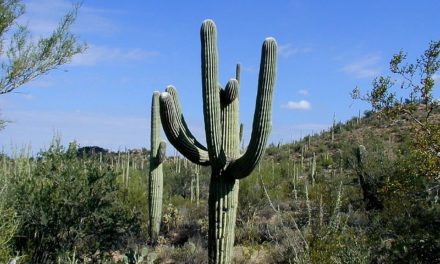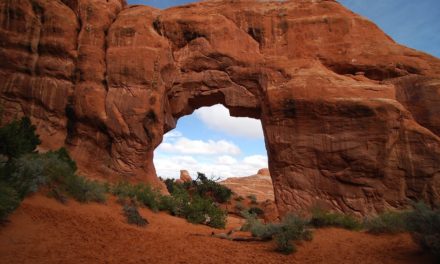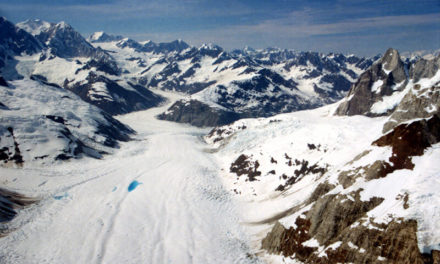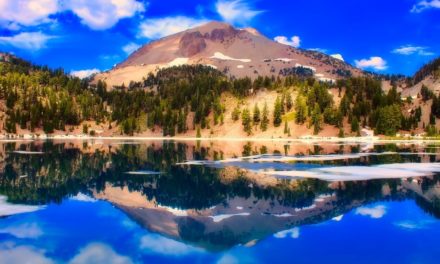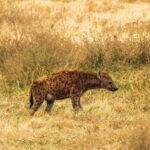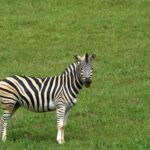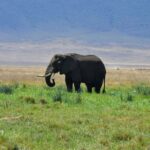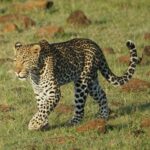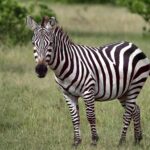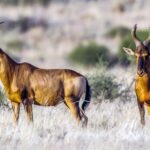Table of Contents
Overview / About the Park
Glacier National Park sits in the Rocky Mountains of northern Montana, along the Canadian border. Known as the “Crown of the Continent,” it covers over 1 million acres of rugged peaks, turquoise lakes, and alpine meadows.
The park was established in 1910 and forms part of the Waterton-Glacier International Peace Park, a UNESCO World Heritage Site shared with Canada.
Its dramatic scenery from ancient glaciers and mountain passes to clear glacial valleys makes it one of the most stunning landscapes in North America.
Wildlife & Nature
Glacier National Park protects a wide variety of ecosystems, from dense cedar forests to windswept alpine tundra.
Wildlife includes grizzly bears, black bears, mountain goats, elk, bighorn sheep, wolverines, and lynx.
Over 270 bird species have been recorded, including bald eagles and Clark’s nutcrackers. The park once had over 100 glaciers now fewer than 25 remain making Glacier a living classroom for observing the impacts of climate change.
Wildflower season (July–August) turns meadows into a sea of color, with lupine, Indian paintbrush, and beargrass in full bloom.
Experiences & Activities
- Going-to-the-Sun Road: One of America’s most scenic drives, this 50-mile road crosses the Continental Divide at Logan Pass.
- Hiking: More than 700 miles of trails, from easy walks like Trail of the Cedars to backcountry routes like Grinnell Glacier or Highline Trail.
- Boating & Kayaking: Paddle on Lake McDonald, Two Medicine Lake, or St. Mary Lake.
- Wildlife Viewing: Dawn and dusk are the best times for spotting mountain goats and bears.
- Photography: Reflections at Lake McDonald and sunrise at Wild Goose Island are iconic.
- Ranger Programs: Guided hikes, stargazing nights, and talks on geology and wildlife.
- Winter Adventures: Cross-country skiing and snowshoeing turn the park into a quiet, frozen wonderland.
Best Time to Visit
The park is best visited between late June and mid-September, when the Going-to-the-Sun Road is open and trails are snow-free.
July and August bring the warmest weather and full access to alpine areas.
May and October are quieter, though some roads may close early due to snow.
Winter offers solitude and snowy scenery but limited access.
How to Reach & Park Entry
Nearest Airports:
- Glacier Park International Airport (FCA) in Kalispell – about 30 miles from the west entrance.
- Missoula International Airport (MSO) – about 150 miles away.
- By Train: Amtrak’s Empire Builder stops at West Glacier and East Glacier Park stations.
- By Car: Major entrances include West Glacier, St. Mary, Two Medicine, and Many Glacier.
- Entry Fees: $35 per vehicle for 7 days (seasonal variations apply).
- A vehicle reservation system is required during summer for popular roads and areas.
Where to Stay / Camping Options
Inside the Park:
- Lake McDonald Lodge, Many Glacier Hotel, and Rising Sun Motor Inn offer historic charm and lake views.
- 13 campgrounds with over 1,000 sites (Apgar and St. Mary are the largest).
- Nearby Lodging: West Glacier, Whitefish, and Columbia Falls have hotels, cabins, and rental lodges.
- Backcountry Camping: Permits required; campsites accessible only by hiking or boat.
Travel Tips / Safety Notes
- Weather changes quickly pack layers even in summer.
- Stay at least 100 yards from bears and 25 yards from other wildlife.
- Carry bear spray and make noise while hiking to avoid surprise encounters.
- Expect limited phone service and bring printed maps.
- Book accommodations months in advance the park fills up fast.
- Check current road and trail conditions before your trip.
Packing List
- Layered clothing (base, mid, waterproof outer)
- Hiking boots and wool socks
- Bear spray and whistle
- Map, compass, or GPS
- Water bottle or hydration system
- Sun protection (hat, sunglasses, sunscreen)
- Snacks or trail food
- Rain jacket and extra layers
- Camera or binoculars
- Flashlight or headlamp
- Small first-aid kit
- Lightweight camping gear (if staying overnight)
Visitor Statistics
Glacier National Park welcomes around 3 million visitors per year.
Most arrive between July and September, when the Going-to-the-Sun Road is fully open. Despite the crowds in peak season, it’s still easy to find quiet corners if you venture onto the trails early or explore less-visited valleys like Two Medicine or North Fork.
Conservation & Responsible Tourism
Glacier is deeply affected by climate change, with its glaciers shrinking rapidly over the past century. Park efforts focus on preserving ecosystems, managing wildlife interactions, and reducing human impact.
Visitors can help by:
- Staying on trails to protect fragile alpine vegetation.
- Packing out all trash and minimizing waste.
- Respecting wildlife distance rules.
- Supporting eco-friendly lodges and local conservation programs.
Glacier National Park is a place where mountains rise like cathedrals, and silence carries across glacial lakes. It’s not just a scenic escape it’s a reminder of how wild America once was, and how precious that wilderness remains.

